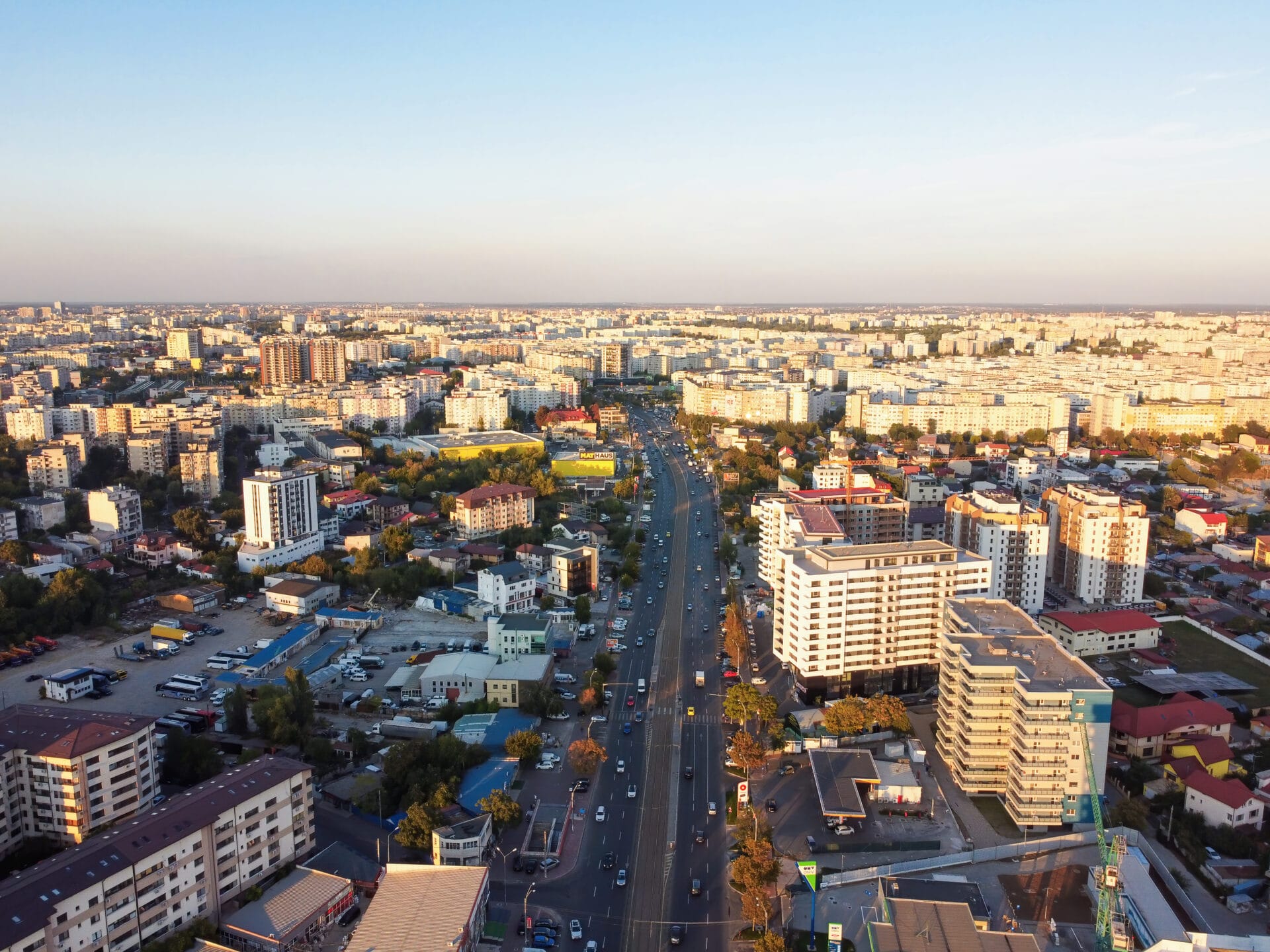Transformations across the African continent are subtle yet profound as private investors and developers have taken upon themselves the task of transforming the African cities to cities of the future. This is obvious from the beautiful beaches of Eko Atlantic in Lagos to the futuristic Konza Technopolis in Kenya and the luminous view of Kigali Innovation City. This is reinvention of urban Africa at scale, on purpose, and for future generations.
The continent’s population is, on average, projected to double by the year 2050, and while most of that growth is expected to occur in metropolitan areas, the reality is that most existing cities, already under incredible strain, cannot grow quickly enough to provide enough housing, infrastructure, or services to housing a burgeoning population. Private capital has now found disinterest in retrofitting old, preferring to build new, develop entirely new purpose-built cities, ready for both taking on overcrowding and visionary play for wealth creation.
Property investment Programs, but rather turns into an ecosystem for urban development. This will be the proposed interventions focused on sustainability, connectivity and technologies, of which in turn will offer highly futuristic alternatives to an uncontrolled urbanized sprawl development. Advanced road payment systems in pre-laid energy renewable digital infrastructure products-and-mix meshing various residential, commercial, and cultural amenities meant not just to occupy space. But they will empower human beings.
The underlying force is not just necessity but also opportunity. Real estate and private equity read, point more and more toward building future cities by extensive plans. For investors, it means hedging against instability. Governments use it as a partnership model to facilitate progress. Residents enjoy the promise of safety, infrastructure, and social advancement.
This movement, however, is not devoid of critics. Some of these projects are exclusionary by nature, only appealing to the affluent and foreign investors. The second group contains those who caution against promising too much but delivering too little. But when well implemented, these cities seem to demonstrate a good return on investment, create jobs in the locality, and generate impetus for entire regional economies.
Most curious is how the cities choose to sell themselves: not just as property but as lifestyle and innovation destinations. They appeal not only to homeowners but also to digital nomads, returnees from the diaspora, multinationals, and even local startups that plan to establish their headquarters in environments built for scale.
The private city phenomenon in Africa may also illustrate ambition meeting the urgent need. It is also the hallmark of a generational shift in the vision of Africans about place, ownership, and legacy. Real estate was seen and felt to be an immovable asset, but it is now turning out to be a dynamic medium for social and economic reinvention.
The trend’s winners will be those who understand that in tomorrow’s Africa, real estate is more than just land-it’s vision. And mapping the vision with the backing of capital and competence can change the map.

